An exploration into urban and architectural ideas for older age
We are inclined to see and plan the world from our perspective. Cities are no exception in this. Being predominantly organized and developed by people in working age, they are also mainly planned from that perspective. Children and the Elderly are accommodated within these cities, but decisions are mostly made for them, rather by them. That Ageing is a natural, integral part of our lives is frequently forgotten, or wilfully avoided. Our society tends to emphasize its disabling rather then enabling aspects and ageing is often seen as something to overcome, or delay at all cost. The fact, that we will (hopefully) all age, has been at the fringes of the public debate. Current demographic developments are changing this, as for the first time in history the number of people over 65 is set to outnumber that of children. On one hand this will increase the number of older people living a very active life well into their old age, working, studying, travelling, volunteering, and generally actively engaging in urban live, on the other hand the percentage of older people requiring care at some stage in their lives will increase. Whilst public discourse about our over-ageing societies is foremost focusing on a grim prognosis of a collapsing socio-economic system, studio 02 asks which positive challenges this development might bring and how architecture could be a proactive and creative, rather then reactive tool in this.
The stereotype of the pensioner wanting to retire in the “countryside” is a myth. Most people life in urban contexts and will continue to do so, when older. The studio project site was therefore the highly urbanised inner-city area of Kings Cross, in central London, currently undergoing a major redevelopment, which will bring 45,000 new people into the area to live, work and study. Senior Citizens have been accommodated in this development through a small provision of lifetime homes. We ask whether this provision is active and timely enough? Students from studio 02 were invited to rethink and challenge existing spatial approaches towards older Age and to create their own home-grown typologies. The majority of current provisions for the elderly is based on the idea of a parallel universe for the elderly, featuring largely monotonous, and in some cases wholly insufficient, provisions for the elderly, preferably at the fringes of towns and cities, where land is cheap and infrastructure scares. Likewise, in urban areas the stark separation between amenities for various age groups and communities leads to segregation and multiplication of services and institutions. Assessing where potential overlaps between various groups of our society may lie and how architecture could aid or instigate these is worthwhile exploring. Distinctly planned shared spaces might not only be more sustainable and economically viable, but also more entertaining and enriching for all. Likewise, Care does not need to be a one-way transaction, but could become a platform of exchange, where the Elderly are seen as a valuable contributor, with skills and expertise that others may not have. We worked closely with Elderly community groups in Kings Cross, to begin to understand the city from their perspective. Rather then solely increasing mobility or accessibility, the students were invited to create architectural and urban ideas that would enrich the spatial possibilities for various groups of our society to interact.
Students engaged with Kings Cross Central developers Argent and members of the Marchmont Community Centre and the Chinese community centre.
Propositions range from setting up a radio station for Senior Citizen in a currently derelict pub in Caledonian Road to a sensitive perforation of the 400m-long side façade of Kings Cross station along York Way to inhabit Senior citizens and integrating provisions for prostitutes otherwise driven out of Kings Cross to other parts of London. A Senior Adapter integrates older Citizens into a support network with various inhabitants whilst inscribing the changing routines and life situations into an adaptable architectural structure, a Blue Village occupies unused roof scapes within Kings Cross and re-evaluates the importance of post offices and a Sliver Service revolutionises the idea of lunch. Other students investigated ‘slow spaces’ in the Coal and Fish buildings as a retreat from the busy life or extended the glamour of St Pancras Station along the train track to Paris with a superstructure titled Urban Intensifier celebrating and respecting that older citizens like to continue to be embedded in the buzz of the city.
Studio 02 tutors: Anuschka Kutz & Henrik Rothe
Students:
(2nd year)
Hannah Bradley
Loise Fisher
Alexandra Freeman
Shaghayegh Hadjibashi
Hristov Atanas
Li Xin Khoo
Richwell Munetsi
Amy O’Shaughnesy
Nadine Oakes
Ingrid Spacilova
My Tran
(3rd year)
Serkan Aslan
Nicolas Brown
Jade Capaldi
Jacky Chan
Sam Fiore
Thomas Kozdon
Eleanor Pedley
Christina Popova
Gabirele Slemestraityte
Lianne Shaw
Harveen Sunner
Larry Tate
Lizzie Tym
Emily Vuyk

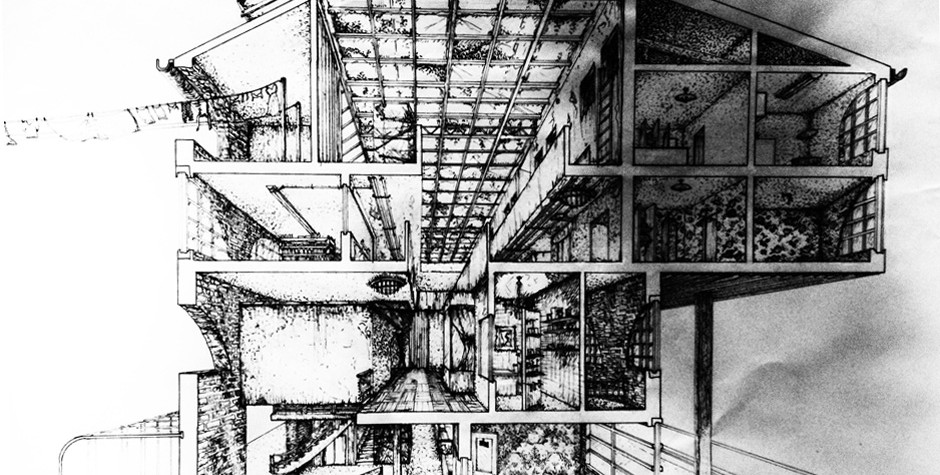

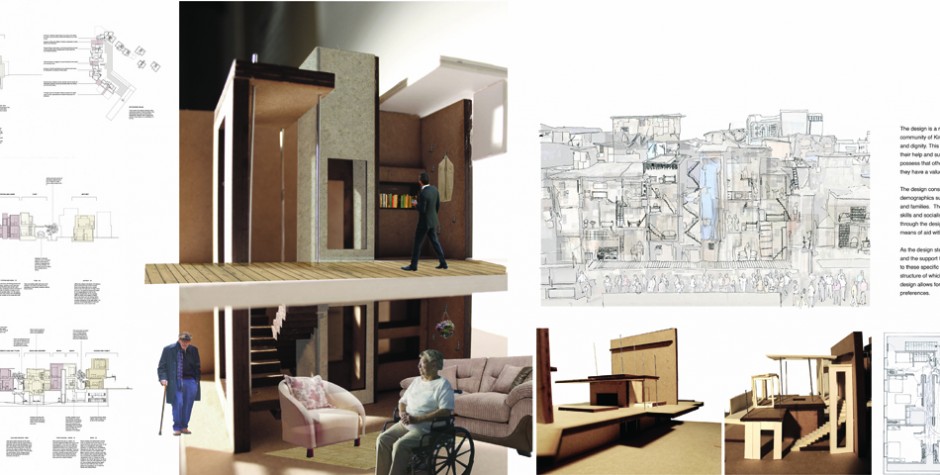
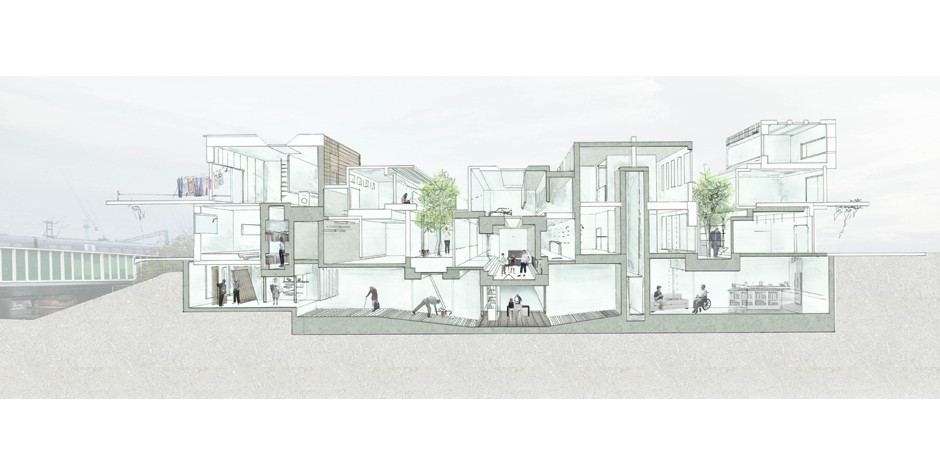
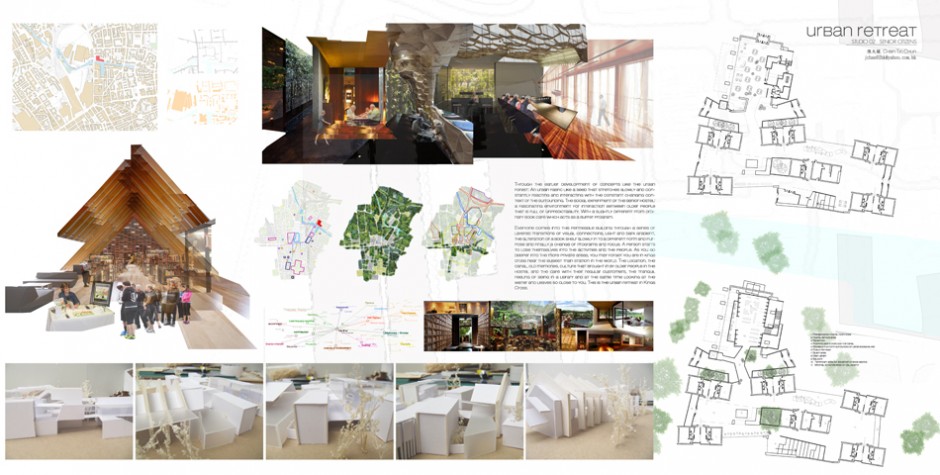
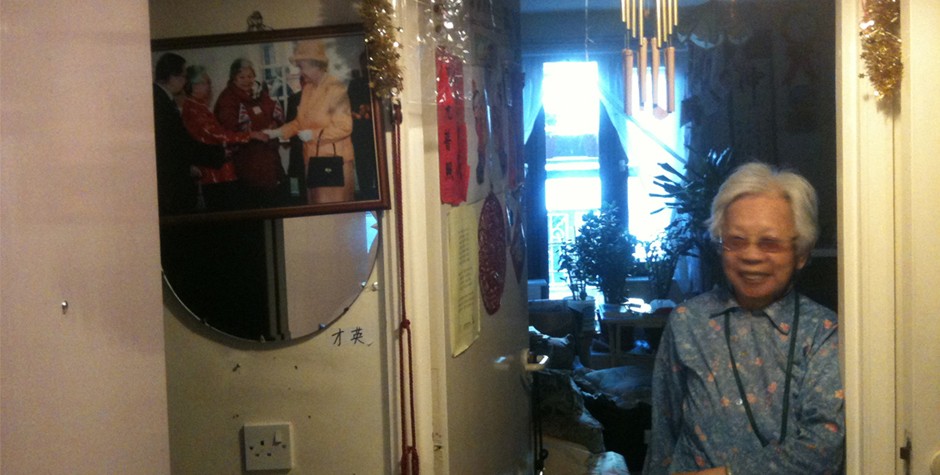
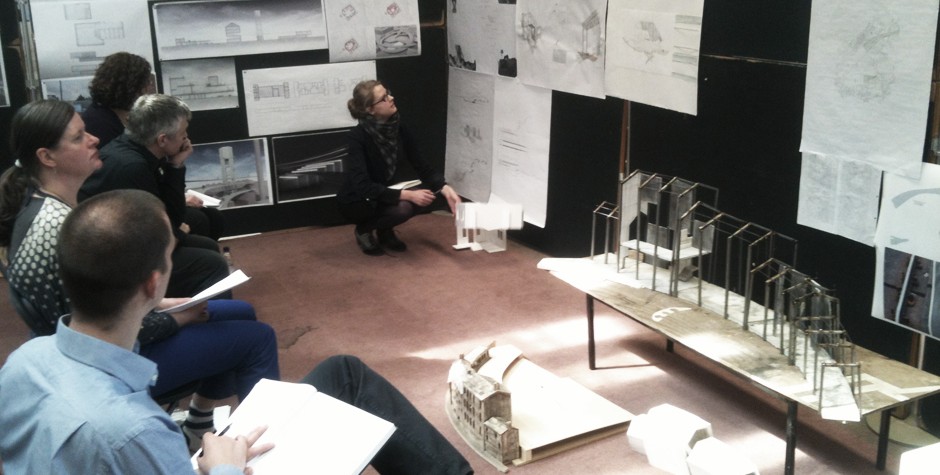
Comments are closed.